Leadership: Nature or Nurture?
3 เมษายน 2566 - เวลาอ่าน 5 นาที
Many national leaders have children who also become leaders. For example, George Bush of the United States had a son who became president, Lee Kuan Yew's son is now the prime minister of Singapore, and Ferdinand Marcos's child is the current president of the Philippines (and perhaps Thailand in the future). In many Thai companies, children succeed their parents as leaders. Leadership positions were often inherited through bloodlines during the monarchy era. It raises the question of whether leadership is genetically inherited or developed through experience and practice.
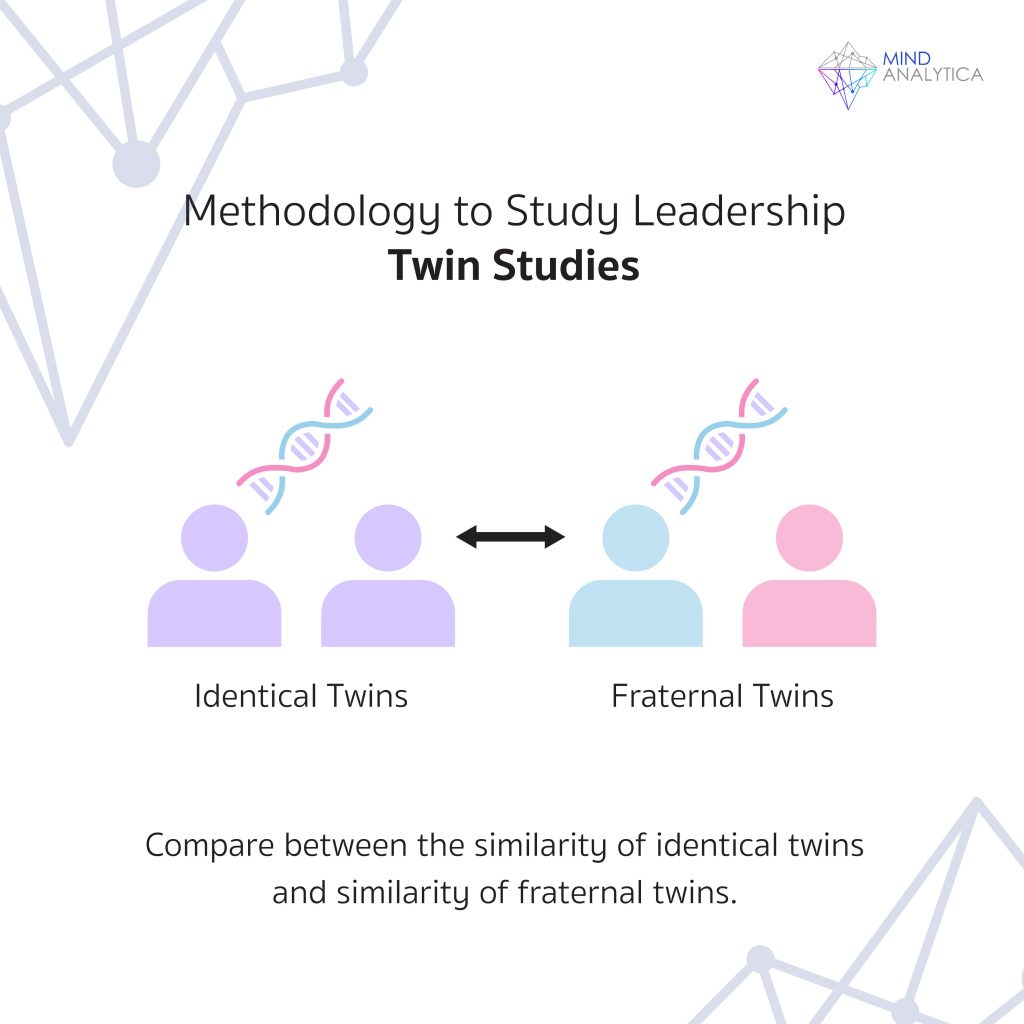
One research method used to study the influence of genetics is twin studies. Identical twins are born from the division of a single fertilized egg. They have identical genetics, while fraternal twins are born from separate fertilized eggs and have, on average, half of their genes in common. If identical twins are more similar in leadership traits (e.g., both low or high leadership traits) than fraternal twins, this suggests that genetics play a role in leadership. However, if identical twins' similarity in leadership traits is not different from that of fraternal twins, genetics do not influence leadership.
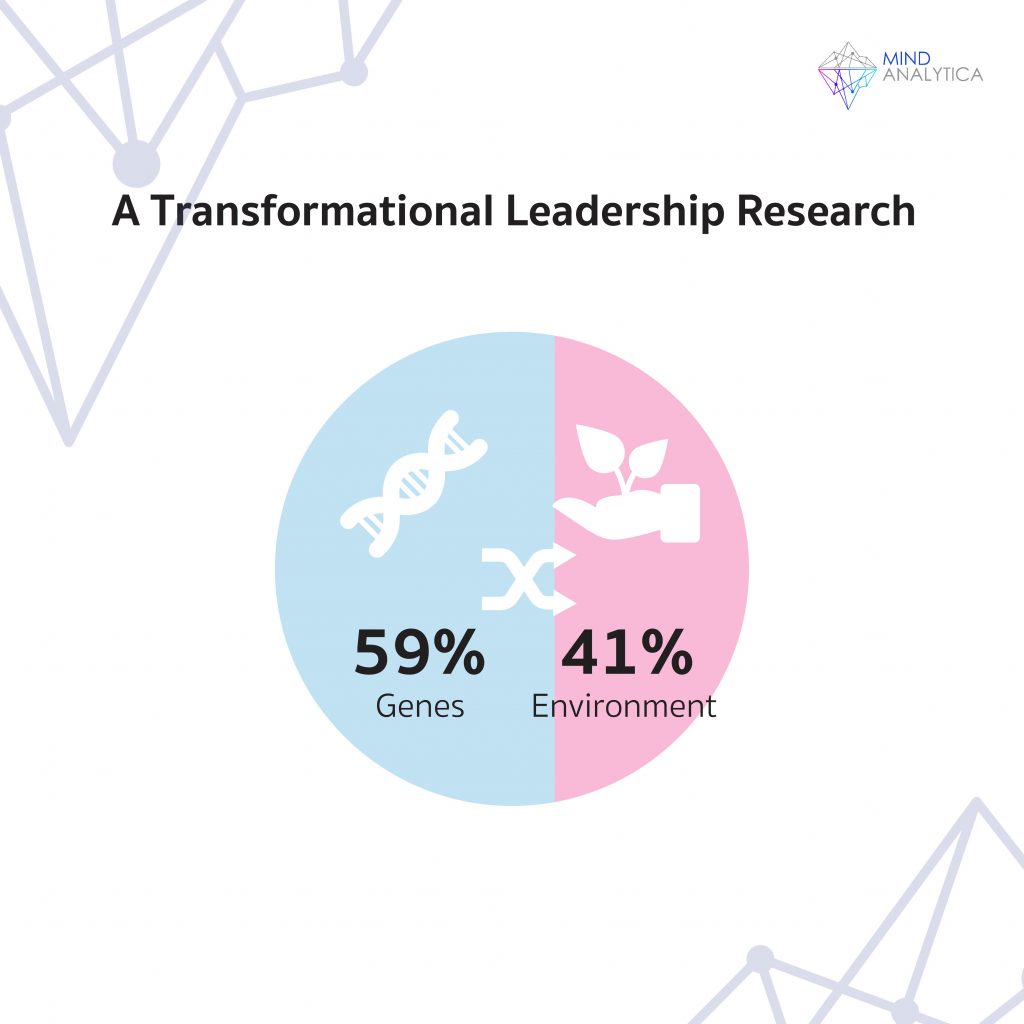
In this article, we discuss two research studies. The first one, by Johnson and colleagues in 1998, studied 183 identical twins and 64 same-sex fraternal twins. The twins were assessed on transformational leadership, which focuses on creating a vision, fostering collaboration, and nurturing employee development, and transactional leadership, which emphasizes management, rewards, and punishments based on employee performance. The researchers found that 59% of the variance in transformational leadership
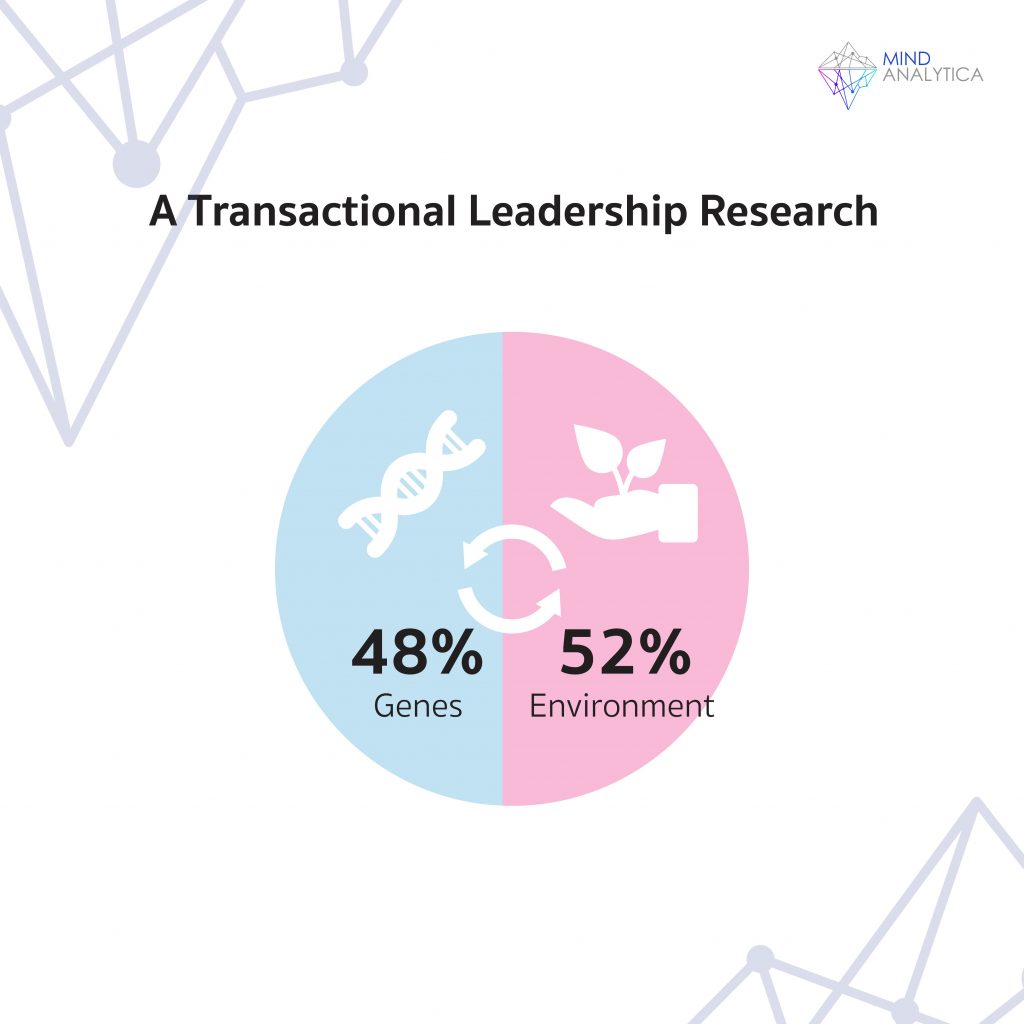
and 48% of the variance in transactional leadership could be explained by genetics. In other words, among the different leadership traits of individuals, genetics could account for up to 59% of the variation. This number is consistent with general personality traits, which genetics can explain at a rate of 30%-60%.
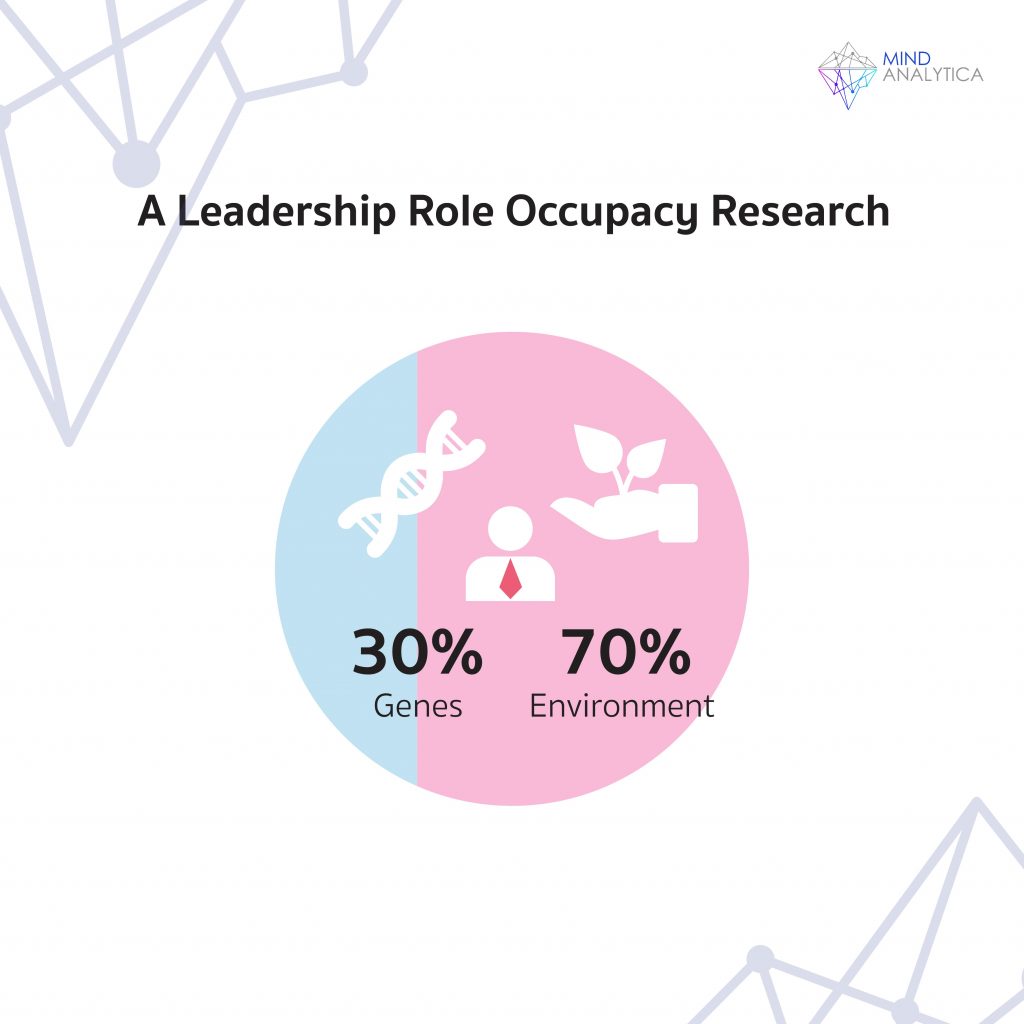
Another study by Arvey and colleagues in 2007 did not examine individual leadership traits. Still, the study looked at the history of each person, whether they had held leadership positions, how many positions they had held, and their highest leadership position. They then converted this information into a score called "leadership role occupancy." The study collected data from 238 identical twins and 188 same-sex fraternal twins and found that 30% of leadership role occupancy could be explained by genetics. They also discovered that personality traits were one of the factors that allowed genetics to explain leadership role occupancy. In other words, shared genetics led to similar personality traits, leading to similar levels of leadership role occupancy.
In other words, the first study focuses on leadership qualities, while the second study discusses actual leadership positions. Genetics can explain 50% of leadership qualities and 30% of holding leadership positions, which are significantly high numbers. The remaining factors include the environment each person experiences and measurement errors that can occur in psychological assessments, such as counting the number of leadership positions inaccurately or misinterpreting questionnaire items about leadership traits.
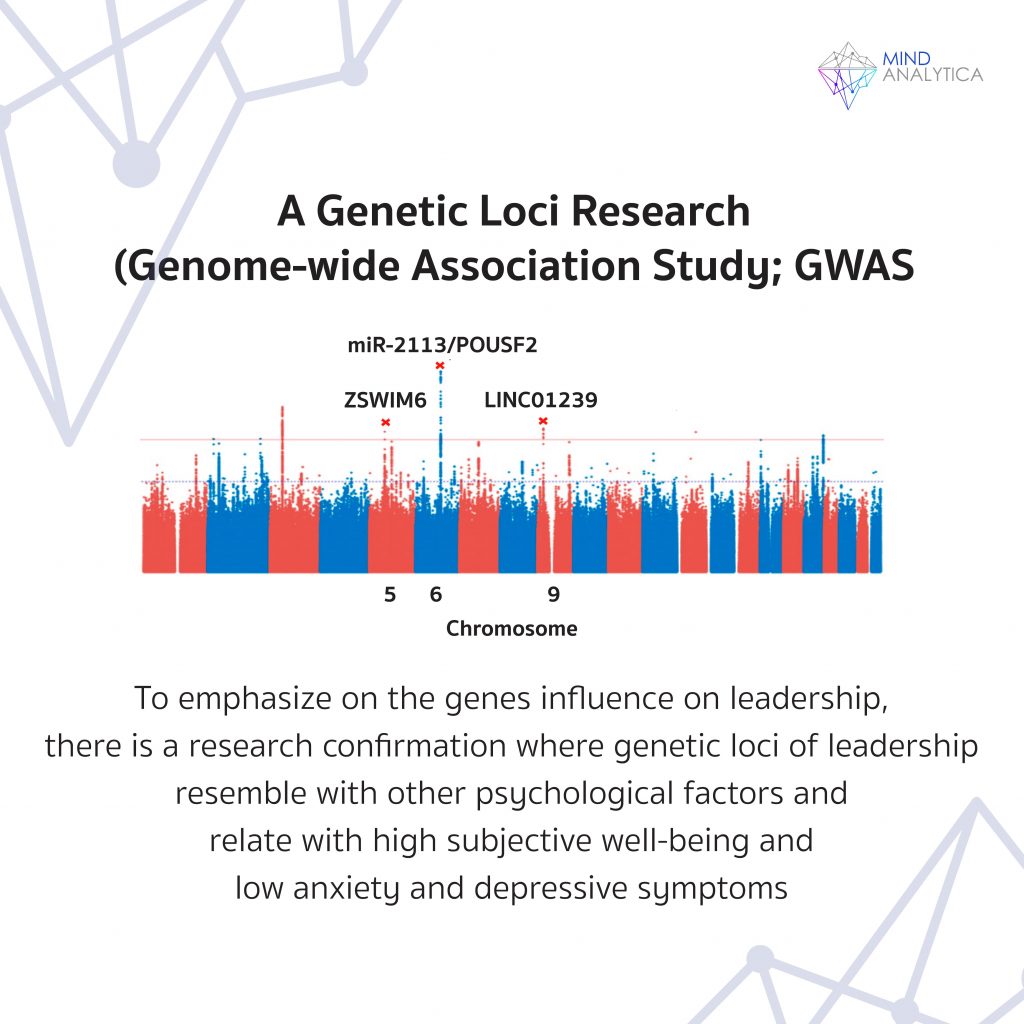
The importance of genetics in leadership has been further emphasized by genomic studies, which examine the genetic sequences in the cells of over 250,000 people in leadership positions in the UK Biobank. A study published by Song and colleagues in 2022 found that specific genetic locations are shared by people in leadership positions, which overlap with genetic sites of people with high happiness, low anxiety, and, surprisingly, those with bipolar disorder and schizophrenia. We won't go into detail on this topic, but it provides significant evidence that genetic factors influence leadership.
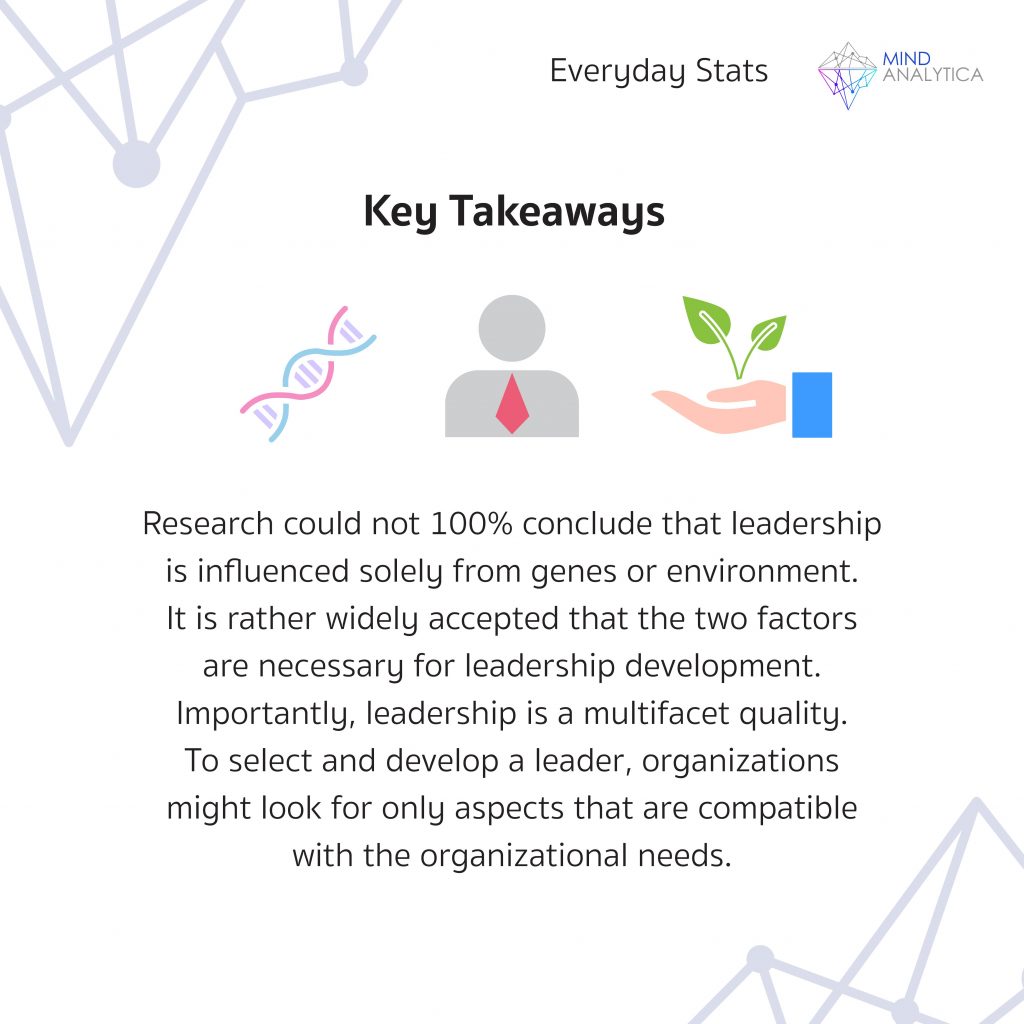
Although the quality of leadership and the ability to hold leadership positions can be highly explained, a variety of research shows that leadership development systems can be effective. Among the successful leadership development systems, organizations must be confident that those who undergo training can genuinely apply what they have learned in their work. For example, if an organization wants supervisors of different units to have high leadership qualities but does not provide them with opportunities to express their opinions or be themselves, the leadership qualities they possess or have learned will not be beneficial. Therefore, organizations must have a method to select personnel with good leadership qualities for leadership positions, promote personnel’s development to enhance leadership skills, and create a suitable environment for those in those positions to exhibit their leadership qualities.
MindAnalytica has developed the Excel Solution to assess and evaluate candidates for their suitability in leadership positions and identify areas for development. The Excel Solution examines personality, values in life, leadership qualities, and teamwork and evaluates the compatibility between individuals, teams, and organizations. Organizations can benefit from this test package by selecting individuals with potential from the start and further developing them to maximize their leadership capabilities. This selection process saves resources in developing individuals and helps organizations acquire good leaders, resulting in numerous benefits.




